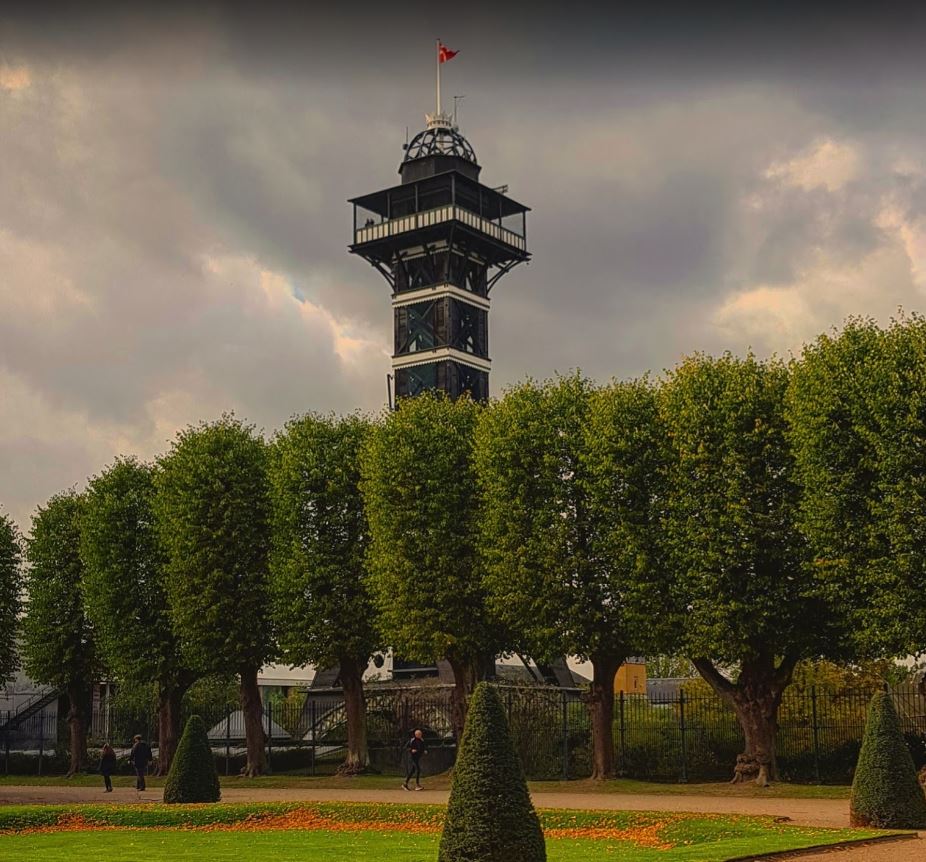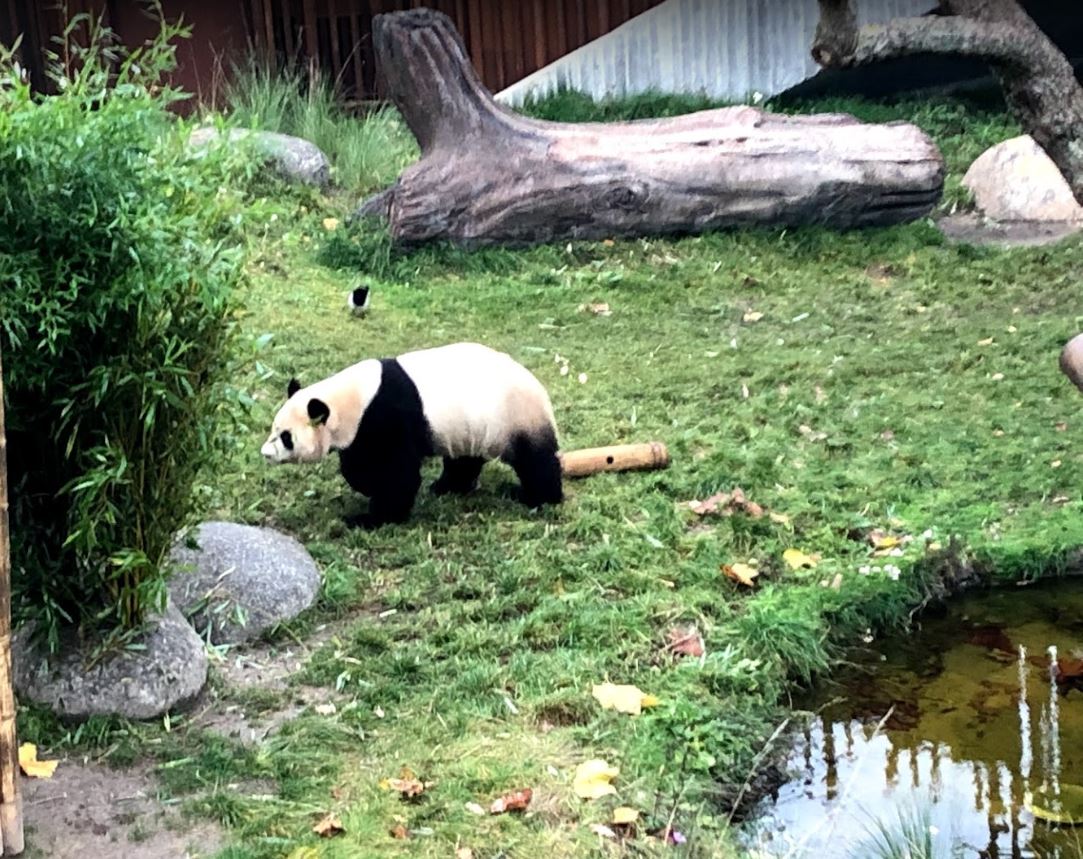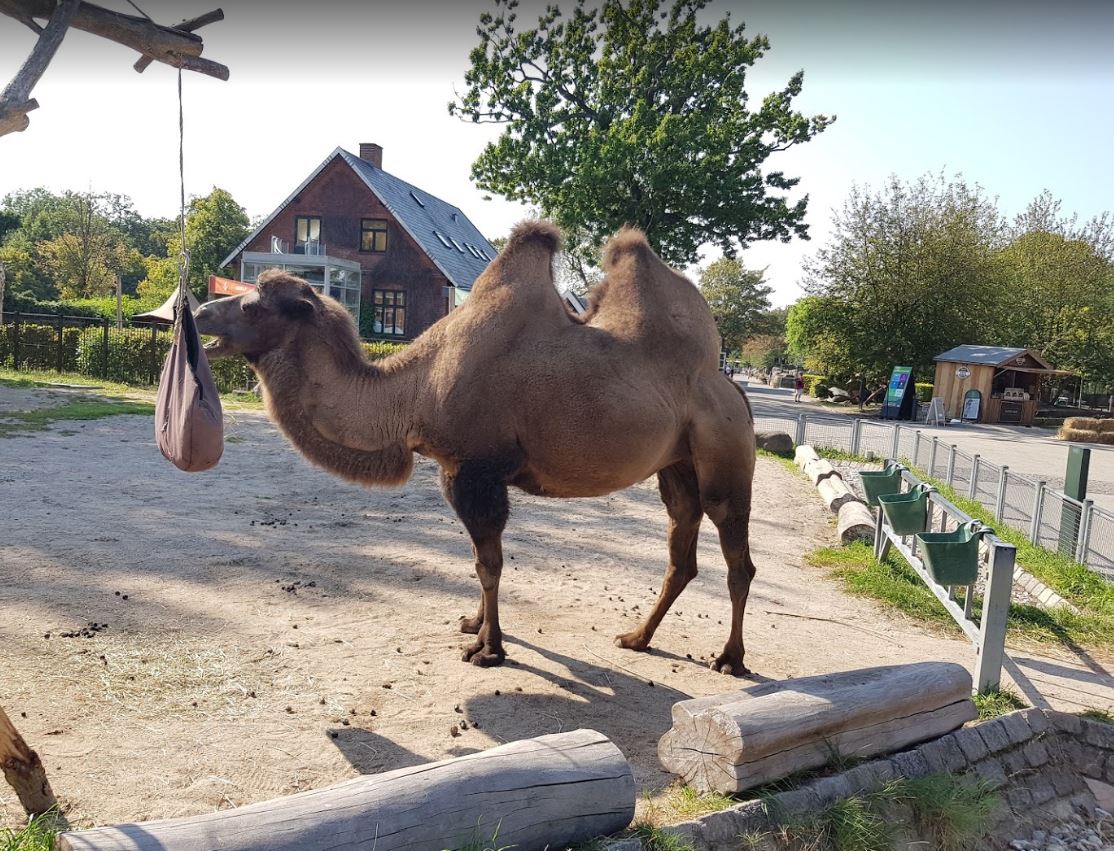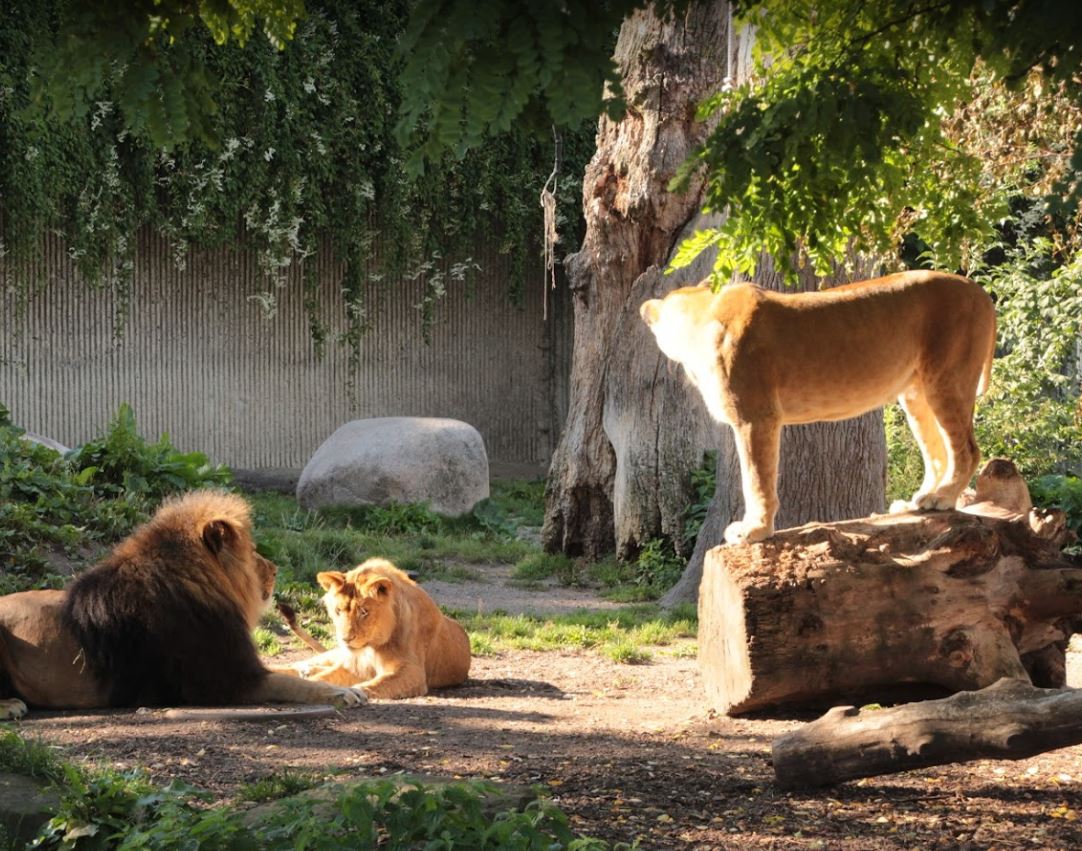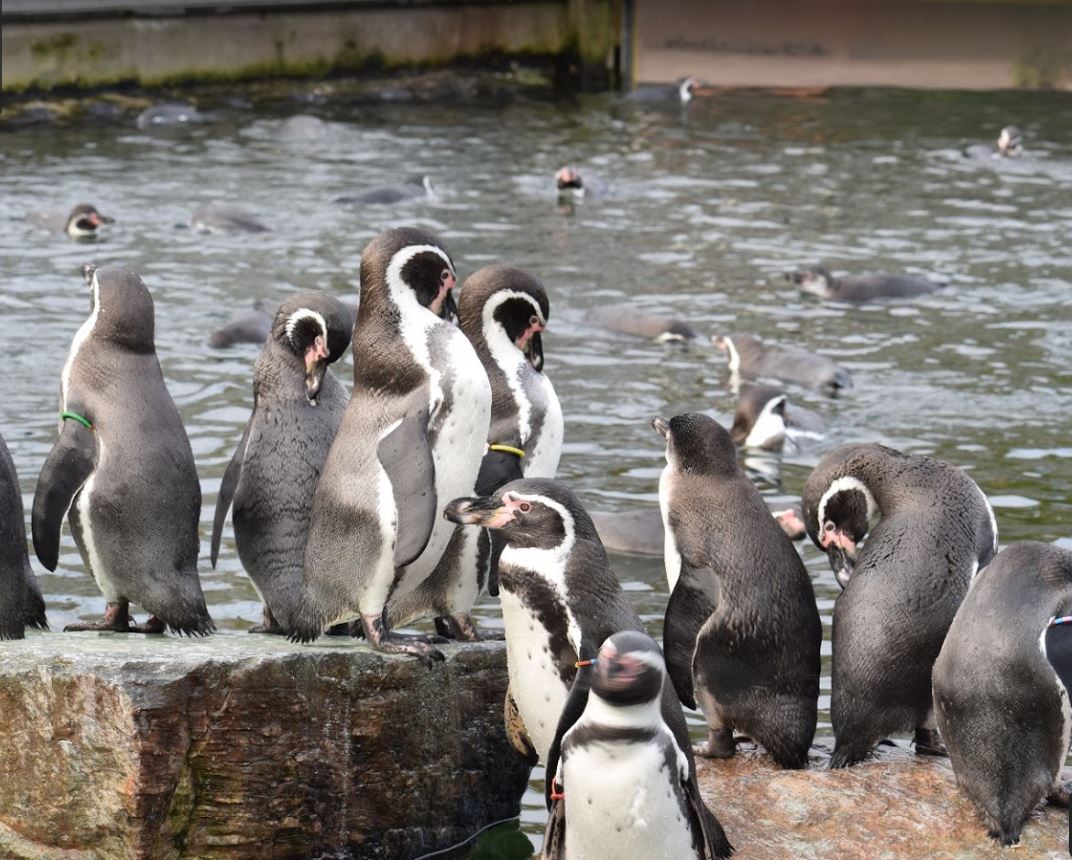Copenhagen Zoo was founded by bird scientist Nils Koerpolling in 1859. It was set in the summer park of "Prinsess Vilhelmines Have" (Princess Vilhelmine Park) by the main directorate in Copenhagen. The animals that visitors could think of at the opening were eagles, chicken, ducks, owls, rabbits, foxes and a seal in the bathtub and turtle in a bucket. In the early years, the zoo focused on showing the largest possible number of different animal species, but as animal welfare turned into a problem later on, the number of different species decreased in favor of more space for each animal. In 1901, the zoo exhibited a humanitarian parade of 25 Indians - men, women and children - at an exhibition where "exotic" people lived around their daily lives in huts of palm trees constructed in the middle of the zoo. One of the most prominent animals kept there was a slow male worm that lived there from 1892 to 1946 (for 54 years, a record among lizards).
Beginning in the early 1980s, the Copenhagen Zoo underwent renovations aimed at replacing cages with enclosures that recreate the animal's natural environment, give a better animal life, and a more realistic experience for visitors. The Elephant House and 1.5 ha (3.7 acres) of Savannah are the results of these efforts. Savanna Hotel features a hippo where hippo can be seen underwater.
The zoo has preserved many of its historic buildings. The oldest still-in-use building, which is stable to Yak, was built in 1872 and now houses bacterial beauty. Built in 1875 the clan of a house still housed with herbivores, tapirs. Today the owl tower from 1885 is left as a memorial commemorating how the zoo was kept one day.
Copenhagen Zoo
x
T
R
F
I
H
I
We have 16614 Parks Now ... The First and largest platform for green public parks
København Zoo
København Zoo
Roskildevej 32, 2000 Frederiksberg, Denmark
saturday, Sunday, Monday, Friday : 09:00 am To 08:00 pm . Tuesday, Wednesday, Thursday : 10:00 am To 04:00 pm .
About Park
-
Preview
It is one of the oldest zoos in Europe and is a member of EAZAImportant Information
-
saturday, Sunday, Monday, Friday
09:00 am To 08:00 pm Tuesday, Wednesday, Thursday
10:00 am To 04:00 pm -
Park Area
110000.00 SQM -
Foundation Date
1/1/1859
-
saturday, Sunday, Monday, Friday
-
Intertainment Elements
Sports
Sitting places
Entertainment
Restaurants
Trips
Kids area
Festivals
-
Main Elements
- Cleanliness
- Parking and public transport
- Green areas
- Open spaces
- Open paths for walking
- Toilets
- Attractions
- Wildlife interest


